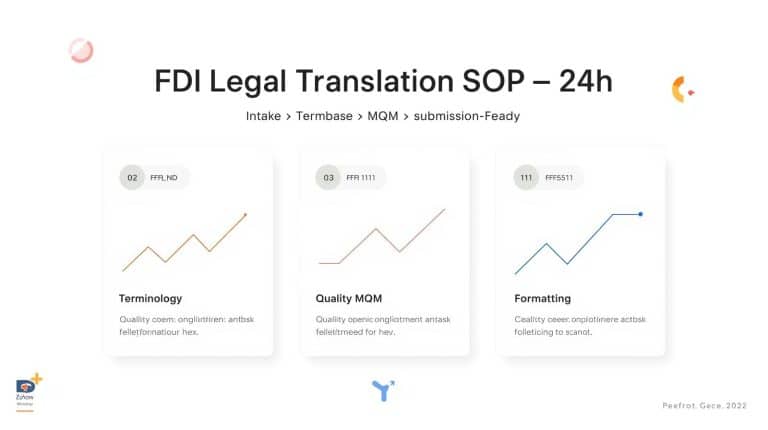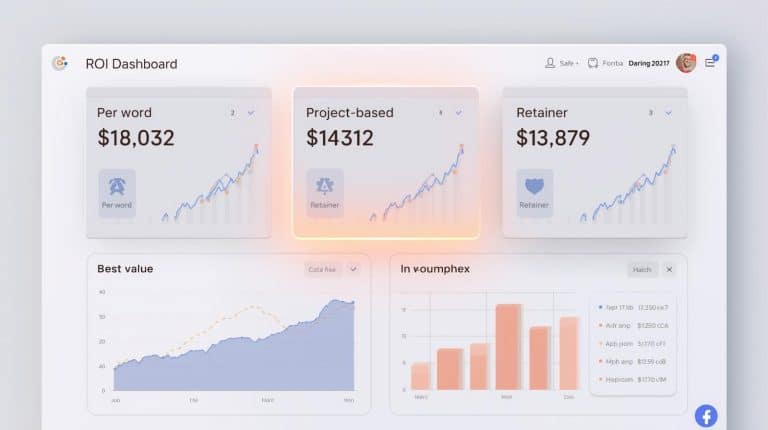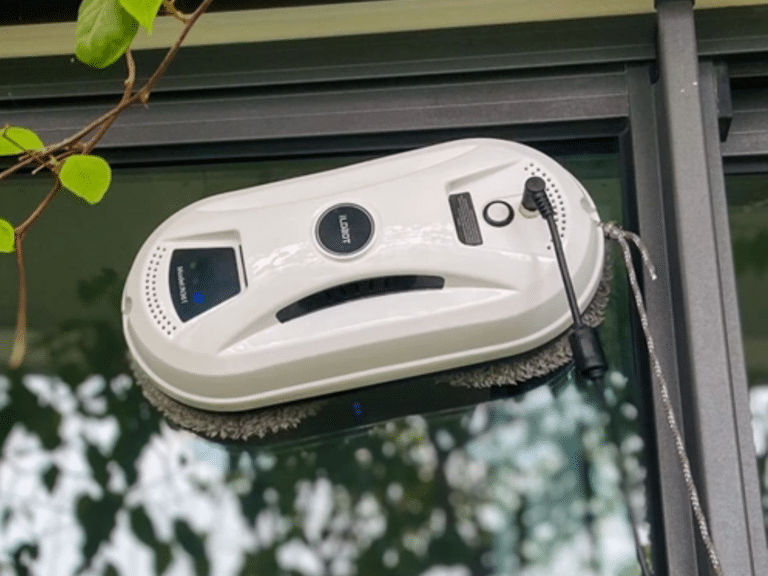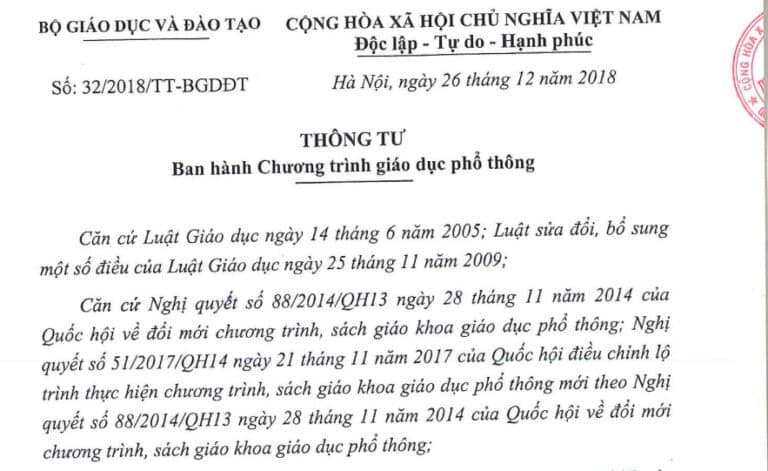Some multi-language websites appear to have “all the languages” but remain silent when it comes to leads. It’s not because the content is bad. It’s simply because:
- Japanese users search for information differently than American users.
- A “high-value” phrase in Vietnam may sound unnatural in Singapore.
- A single incorrect hreflang tag can cause Google to show the wrong version, leading users to leave in 3 seconds.
This article is a practical guide on how to make every localized page rank for the right query, speak to the buyer’s pain points in each country, and drive action in a culturally-native way.
1) Start with “Search Intent,” Not a Dictionary
Don’t just translate keywords literally. Ask: in this market, which stage is the buyer at—TOFU/MOFU/BOFU?
- TOFU: “what is,” “how-to guide,” “best practices”…
- MOFU: “solution comparison,” “standard process,” “checklist”…
- BOFU: “quote,” “SLA,” “book a call,” “specialized translation team”…
A quick approach:
- Group pages by TOFU–MOFU–BOFU funnels for each persona (Legal/Finance/Tech/Marketing).
- Assign unique, native keywords to each page; avoid one-to-one English-to-Vietnamese/Japanese stuffing.
- Create a topic cluster map to show Google: “this is an in-depth site with a complete pillar–cluster structure.”
The result: Searchers find exactly what they need, and you’ll stop wondering why your bounce rate is 80%.
2) Information Architecture (IA) & URL: Clean, Clear, and Scalable
- Use language-based subfolders: /vi/, /en/, /ja/, /zh/…
- Create separate sitemaps by language: sitemap-vi.xml, sitemap-en.xml…
- Ensure category parity across languages (e.g., /vi/case-study/ ↔ /en/case-study/) to prevent users from getting lost when switching languages.
- Keep paths to CTAs (forms/booking) consistent across all language versions.
3) Correct Hreflang Implementation — A Small Detail That Isn’t Small
Hreflang helps Google display the correct language/regional version. The golden rules are:
- Self-referencing: Each page must have a hreflang tag that points to itself. Bi-directional: Tags must be reciprocal between language versions.
- Use accurate lang-region codes: vi-VN, en-US, en-SG, ja-JP, zh-CN…
- Include an x-default tag that points to a language-selector page or a global homepage.
A simplified example in the <head>:
<link rel=”alternate” hreflang=”x-default” href=”https://example.com/” />
<link rel=”alternate” hreflang=”vi-VN” href=”https://example.com/vi/dich-vu/” />
<link rel=”alternate” hreflang=”en-US” href=”https://example.com/en/services/” />
<link rel=”alternate” hreflang=”ja-JP” href=”https://example.com/ja/サービス/” />
Common mistakes: Missing self-referencing tags, pointing to non-equivalent pages, using incorrect region codes, and forgetting to update sitemaps by language.
4) “Native” Keyword Mapping — The Difference is in the Nuance
A typical example:
- VN: “dịch hồ sơ pháp lý FDI 24h” (FDI legal document translation 24h), “dịch báo cáo tài chính IFRS” (IFRS financial report translation)
- US: “legal translation for foreign investment dossiers,” “IFRS financial report translation”
- JP: Tends to use loanwords from English + Kanji, with a humble and reassuring tone.
- CN: Prefers short, clear, and efficient phrases; avoids being roundabout.
Mapping checklist:
- Analyze local SERPs (People Also Ask, Related searches).
- Add market-specific intent modifiers: “SLA,” “NDA/DPA,” “GDPR Art.28,” “retainer.”
- Review local competitors to borrow angles that resonate with their buyers.
The deliverable should be: A Keyword Mapping Sheet including Keyword | Intent | Persona | Cluster | Target URL | Usage Notes.
5) “Culturally-Aware” Microcopy & CTAs — The Knob that Turns Up CR
- VN: “Nhận báo giá trong 24h” (Get a quote in 24h), “Đặt lịch tư vấn miễn phí 30’” (Book a free 30′ consultation)
- US: “Book a discovery call (30 min)”, “Get your quote within 24 hours”
- JP: “無料相談(30分)” (Free Consultation (30 min)), “24時間以内にお見積り” (Quote within 24 hours) — concise, polite, clear commitment.
- CN: Emphasizes efficiency & security: “24小时内报价|DPA/GDPR 合规” (Quote within 24h | DPA/GDPR Compliant).
A good form often has:
- Microcopy explaining the benefits (e.g., “Delivered ready-to-submit, in the correct format”).
- Fewer fields (name, email, document type, deadline).
- Trustmarks (NDA/DPA, SLA on-time ≥98%) displayed right next to the CTA.
- Regional contact fallbacks: Zalo/LINE/WhatsApp depending on the market.
6) On-Page for Localized Pages: Complete but Concise
- Title/Meta: Localized, with a USP (24h SOP, MQM, DTP).
- H1 ≠ Title: Address the searcher’s specific intent.
- H2/H3: Reflect a logical, professional structure; avoid keyword stuffing.
- Schema: Organization, Service, FAQPage, BreadcrumbList, (add HowTo for checklists).
- Alt text and examples/cases should be contextually relevant to the market (don’t use a “Vietnamese case study” on the Japanese page).
7) Mini Case Studies (Fictional but… Realistic)
- Japan: Localized an “FDI Legal SOP” landing page, changed the CTA to 無料相談(30分) (Free Consultation (30 min)), and added DPA trustmarks → CR increased from 1.1% to 1.8% after 6 weeks.
- US: Added an FAQ about DPA/GDPR Art. 28 and “On-time ≥98%” right next to the CTA → CTR from SERPs increased by +22% (title/meta clearly communicated “compliance-first”).
The common thread: They addressed what buyers truly worry about: compliance & speed in the US; a polite & reliable tone in Japan.
8) A 30–60–90 Day Plan (for Stress-Free Execution)
30 Days – Foundation:
- Audit IA/hreflang/canonical; fix URLs if needed.
- Conduct keyword research for 2–3 key markets.
- Rewrite the Pillar page + 2–3 lead-impact clusters (Pricing/ROI, FDI SOP, Website).
- Optimize CTAs + forms + trustmarks across all language versions.
60 Days – Expansion:
- Complete the remaining clusters; add 1–2 local case studies.
- Build internal links according to topic clusters.
- Start A/B testing Titles/Metas/CTAs.
90 Days – Optimization:
- Add schema markup, clean up cannibalization issues.
- Create a language-segmented dashboard: CTR/CR/Time on page.
- Update termbase/style guide based on lead feedback.
9) KPIs to Track (Don’t Just Measure for Fun)
- SEO: Impressions & CTR by language, average position by keyword group, number of indexed/duplicate pages.
- CRO: CR per language, scroll depth, form abandon rate, time to first contact.
- Content health: Topic coverage (Pillar/Cluster), number of valid internal links, quarterly content update rate.
10) Common Pitfalls & How to Avoid Them
- Incorrect/missing hreflang: Add self-referencing tags, ensure they are bi-directional, and use correct region codes.
- Copy-pasting CTAs: Localize the phrasing and add relevant social proof.
- Keyword cannibalization between blog & service pages: Group by topic clusters and set canonicals.
- Long, tedious forms: Simplify and use local patterns for phone numbers/addresses.
- Privacy policy pointing to the wrong language: Create separate VI/EN/JP/CN versions and link to the correct one.
FAQ (1-Minute Read for Quick Confidence)
Yes, you should. It helps the right version appear in the right country and reduces internal competition.
Subfolders balance cost and scale well. ccTLDs provide a strong local signal but are more expensive and complex to manage.
No. You need native keyword mapping, cluster-based internal linking, and market-appropriate case studies/evidence.
Use a dashboard segmented by language: track CTR, CR, leads, and converted revenue. Implement event tracking for CTAs.










